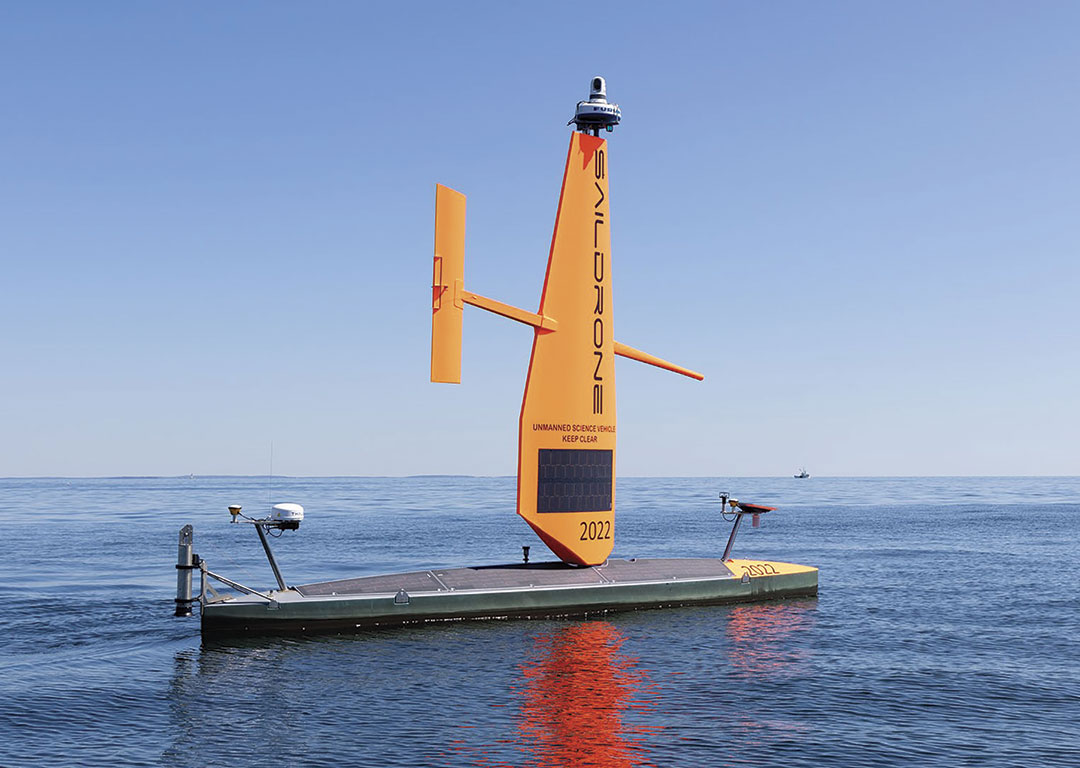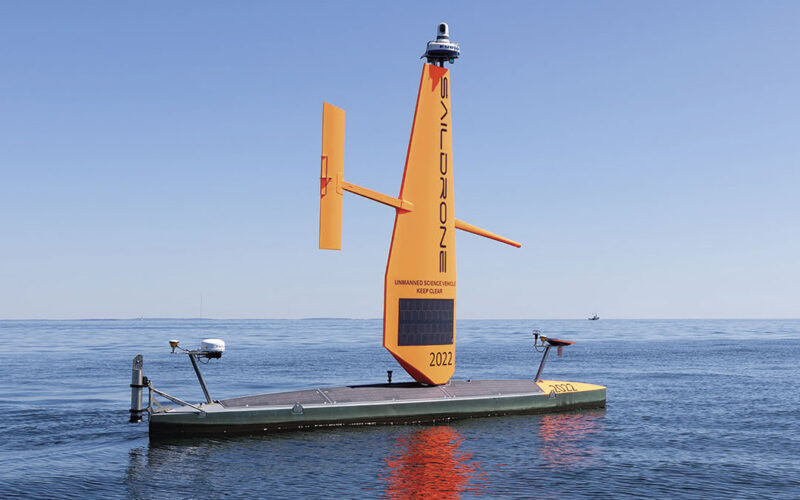 In an industry first, the American Bureau of Shipping (ABS) has introduced a comprehensive approach to support development of the next generation of vessel designs and equipment employing the latest technology driven by decarbonization and digitalization.
In an industry first, the American Bureau of Shipping (ABS) has introduced a comprehensive approach to support development of the next generation of vessel designs and equipment employing the latest technology driven by decarbonization and digitalization.
The classification group’s updated Marine Vessel Rules now include an extensive set of newly developed functional requirements and a standardized risk-based methodology which provides a path for class approval.
These rule enhancements are a result of a multi-year collaboration with industry, shipyards, owners, equipment manufacturers, designers, and regulators with feedback from ABS’ engineering and survey offices, as well as its business development, legal, and marketing teams.
“We had over a hundred authors contribute to this rule update,” said Dan Cronin, ABS’ vice president of class standards and software. “We were challenged to set our rules up to enable innovation by taking a look at our rules to make sure that they could support the innovation being driven by decarbonization targets…digital and other technologies.”
The ABS, he said, “has adopted an approach pioneered by the International Maritime Organization that introduces a goal-based method to the functional applications and requirements laid out in our rules. The approach is intended to apply to any type of technology that doesn’t already have well-defined rules.”
According to Cronin, the Houston-headquartered ABS’ updated rules apply to about 95 percent of the vessels it currently classifies. Technical committee members are reviewing proposed updates to its classification rules that apply to other craft such as offshore vessels, high-speed boats, and dry docks.
“There are numerous new concepts that we may see for the first time as we move into the future,” he said.
“We’re now seeing ideas at the design level and new technologies that haven’t been handled before on different types of vessels that would be covered under those new rules.”
At this point, in general, “the rules are applicable for vessels contracted for construction after the rules’ effective date,” said Cronin. “We are the first class society to introduce this goal-based approach across our entire role set.”
ABS’ classification rules “are built to adapt to a new and dynamic technological world,” said ABS Chairman and CEO, Christopher J. Wiernicki.
“By enhancing our rules with risk-based requirements and strengthening our technical content to add functional requirements aligned to prescriptive criteria, ABS enables the safe and rapid adoption of innovation and technology to support our clients’ and the maritime industry’s evolving decarbonization and digital ambitions.”
With key safety and environmental objectives, Wiernicki said, the updated rules “introduce categories of critical ship design elements, each underpinned by detailed functional requirements, which are comprehensive, easily accessible and provide clear technical guidance.”
Alternative arrangements and innovative technologies, he said, “may be accepted if designers, shipyards, owners, equipment manufacturers or others demonstrate compliance with the functional requirements.
Applicable ABS prescriptive rules remain in place for conventional designs, technologies, and arrangements that follow the traditional approval process.”
Within weeks of the announcement of the update of its new technology-driven standards, the ABS issued its first-ever classification for an autonomous, uncrewed surface vehicle (USV). The ABS classification allows the new USV – the Saildrone Voyager – to operate in the ports and waters of countries that require vessels to be classed by the ABS and similar maritime organizations.
Designed by Alameda, Ca.-based Saildrone, the craft carries a payload of state-of-the-art equipment specifically assembled for coastal ocean mapping operations, including high-resolution MBES and Innomar SBP systems, and is the only survey USV that can deliver long-duration multibeam mapping surveys meeting the highest industry standards.
In addition, its ISR sensor suite includes a smart camera array, digital radar, and sub-surface passive acoustics.
Voyager, and the other USVs currently being developed by the company, “are equipped with a suite of sensors and instruments, enabling them to collect a wide range of ocean data above and below the sea surface,” said Richard Jenkins, Saildrone’s founder and CEO.
“They are primarily powered by wind and solar energy, making Saildrone USVs an environmentally friendly solution for long-duration ocean data missions.”
The company, he said, “has spent three years maturing the Voyager design to be the industry leader in capability, reliability, and safety in the uncrewed vehicle sector, adding that the ABS classification of Saildrone Voyager “defines the new gold standard for uncrewed systems and underscores the maturity of our technology.”
Uncrewed drone vehicles “have huge potential to change the way we operate at sea and are a first step towards commercial autonomous vessels,” ABS senior vice president and chief technology officer, Patrick Ryan said.
The ABS, he said, “is working with key partners all over the world to support the development and adoption of the technologies and strategies autonomous shipping will be built on. Saildrone Voyager is exciting technology and a key milestone on the road to more autonomous operations and we are proud to be able to use our experience to support it.” •

